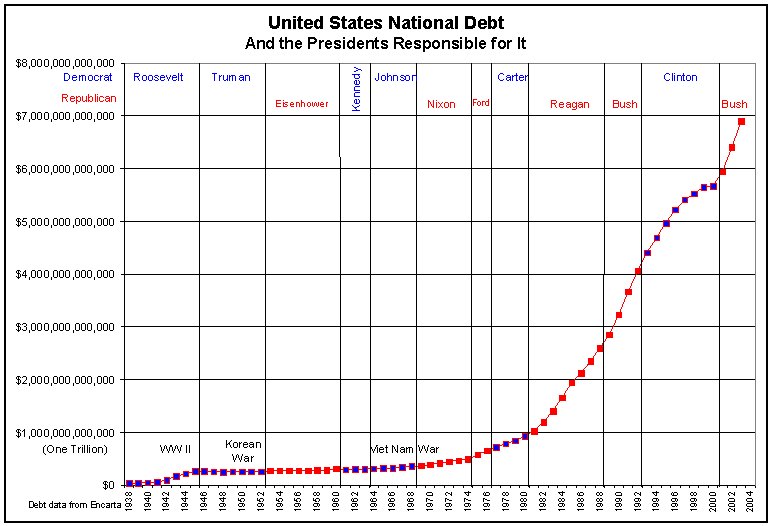Bfgrn
Gold Member
- Apr 4, 2009
- 16,829
- 2,492
- 245
When fascism comes to America, it will be carrying a protest sign and screeching, "It's for the CHILDREN!!"CG, that is just the attitude that the OWS movement needs you to take. Thank you, from myself and the rest. You have defined the enemy of our children wonderfully. Our children are negatively affected by breathing mercury and lead? "Can't hear you, the rustling of the bucks of big energy is too loud".


Big government debt mortgages our children's future
Last edited:



